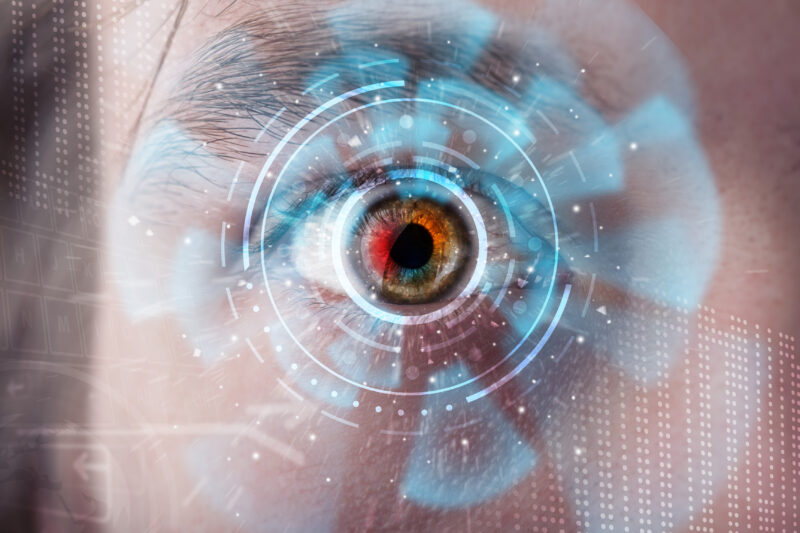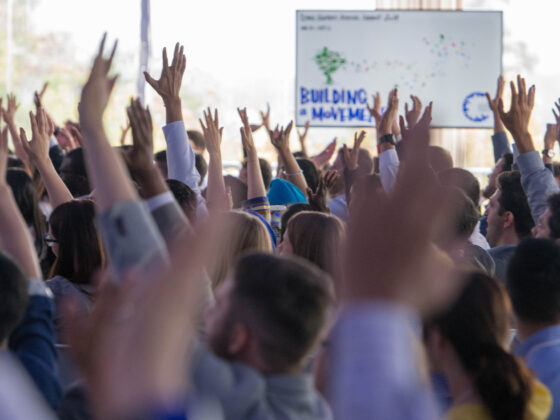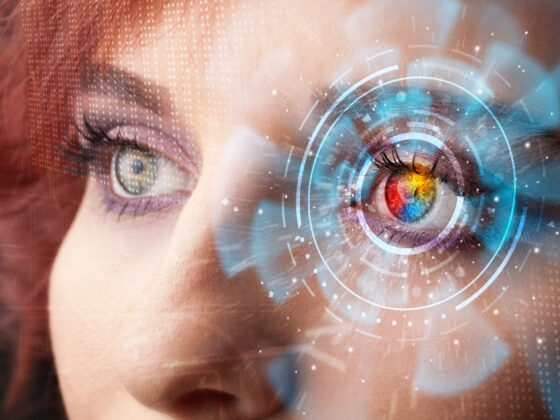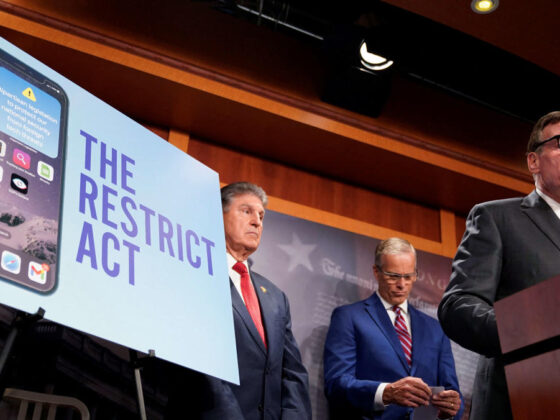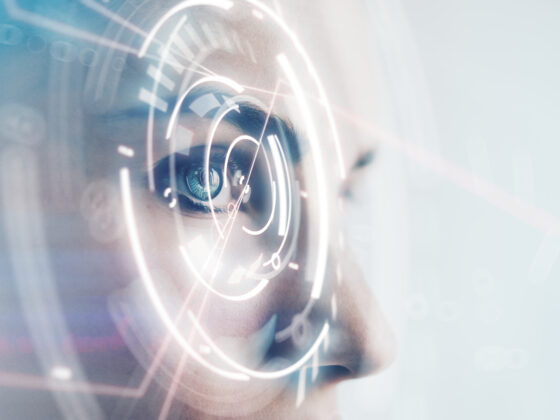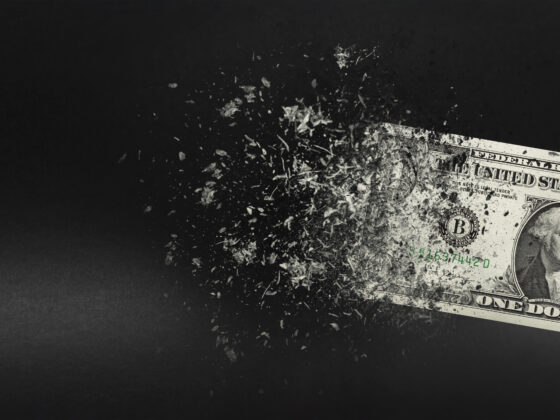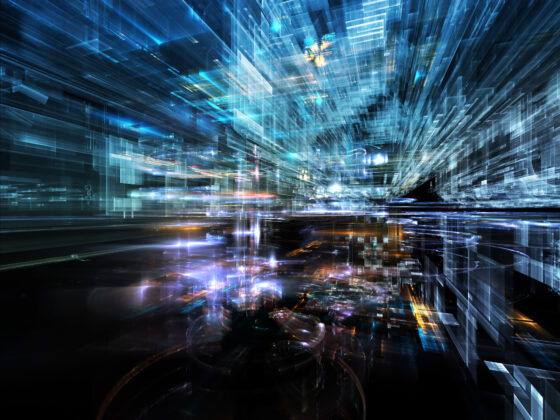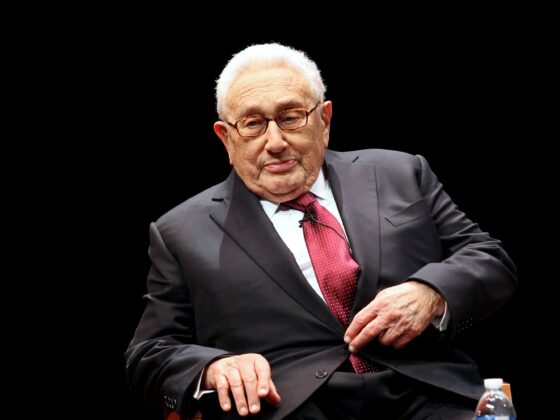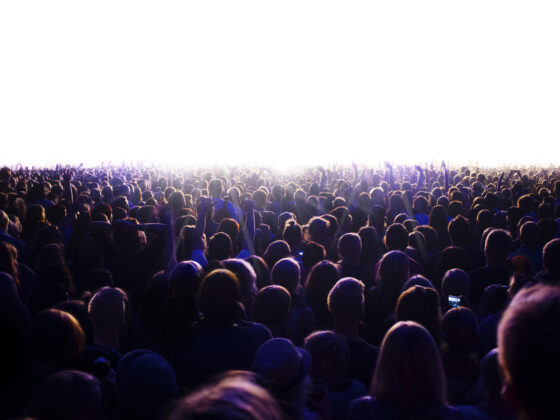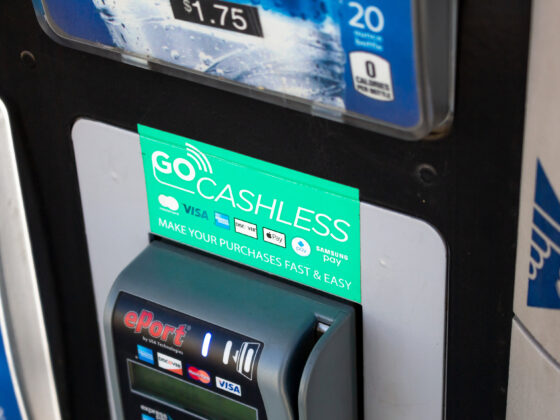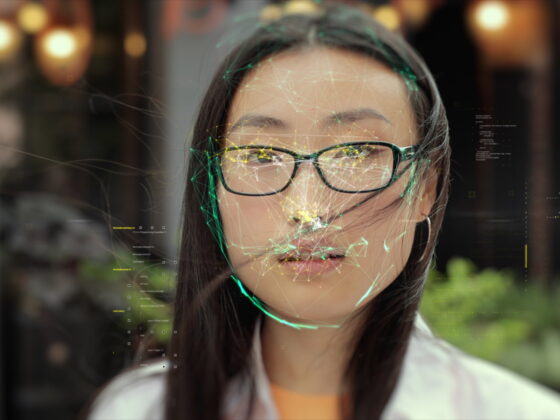In early December, The Washington Post reported that the U.S. Transportation Security Administration is beginning to test new facial recognition tools at 16 major domestic airports. The WaPo reported:
“The Transportation Security Administration has been quietly testing controversial facial recognition technology for passenger screening at 16 major domestic airports — from Washington to Los Angeles — and hopes to expand it across the United States as soon as next year. Kiosks with cameras are doing a job that used to be completed by humans: checking the photos on travelers’ IDs to make sure they’re not impostors.”
TSA representative Jason Lim told the Post that “none of this facial recognition technology is mandated.” Passengers choosing to opt out of the face identification will still need to present their ID. The TSA also said there are supposed to be signs around informing you of your rights.
The report goes on to inform the reader that although you technically don’t have to participate in facial recognition at the airport, “whether you’ll feel like you have a real choice is a separate question”.
Albert Fox Cahn, founder of the Surveillance Technology Oversight Project, or STOP, told the Post that he believes there is “no place more coercive to ask people for their consent than an airport.”
“What we often see with these biometric programs is they are only optional in the introductory phases — and over time we see them becoming standardized and nationalized and eventually compulsory,” Cahn said.
Cahn’s statements ring true in light of previous TSA programs which start out as optional before becoming mandatory, including taking your shoes off at the airport and choosing between walking through the body scanner machines or an invasive pat down.
The TSA’s facial recognition works by having passengers step up to the travel document checker kiosk while they scan their identification card. Then passengers are expected to stare into a camera for up to five seconds while the machine compares the ID to the new photo. This is known as a “one to one” verification system.
While the TSA claims they do not use facial recognition for law-enforcement purposes and are not building a “new national database of face IDs”, they also acknowledge that the agency can hold data for up to 24 months to “evaluate the system’s effectiveness”.
Unfortunately, the introduction of facial recognition tools is not new. The Biden admin’s current expansion of facial recognition in the U.S. is a continuation of policies set forth by the Trump administration.
The TSA Is Not the Only Agency Using Facial Recognition
In late December 2020 — as Biden was set to become President of the United States — I wrote about the expansion of facial recognition software under the watch of the U.S. Customs and Border Protection (CBP), also known as the Border Patrol.
In November 2020, the CBP proposed a new rule that exponentially expanded the use of facial recognition surveillance at the border. The rule was opposed by several branches of the American Civil Liberties Union, the Electronic Frontier Foundation, Fight for the Future, and other rights organizations. The ACLU said the rule change threatens the right to privacy and anonymity, as well as disproportionately affecting people of color and immigrants.
The CBP announced their intention to collect the faceprint of nearly every single non-U.S. citizen who enters or exits the United States. The rule also applies to children. This faceprint will then be stored on a government database for up to 75 years. This data could then be used by the Department of Homeland Security, foreign governments, and federal, state, and local law enforcement to identify individuals for a variety of purposes.
The ACLU called the plan “unjustified, unnecessary, and dangerous.” The ACLU says the problem is that faceprints can be collected in secret from a distance, without a person’s consent. The organization also warned that once a government has an individual’s faceprint “it creates a risk of a unique and unprecedented form of persistent surveillance.”
The U.S. Congress has never authorized the government to implement a massive data collection program for faceprints. Additionally, non-U.S. citizens entering the country are already subjected to fingerprint collection.
The CBP itself has been working on plans for facial recognition since the early days of the Trump presidency. In 2017, the CBP announced plans to scan the faces of all flyers exiting the United States. The American Civil Liberties Union reported:
U.S. Customs and Border Protection has launched a “Traveler Verification Service” (TVS) that envisions applying face recognition to all airline passengers, including U.S. citizens, boarding flights exiting the United States. This system raises very serious privacy issues.
The only publicly available information on the program came from a privacy impact statement the Department of Homeland Security issued on the program, and a briefing CBP Deputy Executive Assistant Commissioner John Wagner gave to privacy advocates in Washington this week. The CBP envisioned a system very similar to what the TSA is currently testing. Under the CBP’s plan airports will install cameras at boarding gates to take pictures of all passengers leaving and entering the country. The pictures would then have facial recognition software applied to them.
The Traveler Verification Service has been tested at six airports, including Boston Logan, New York JFK, Dulles in D.C., Hartsfield-Jackson in Atlanta, Chicago O’Hare, and Bush in Houston. TVS itself is part of the larger “Biometric Entry/Exit” program which was created in response to a congressional requirement to use biometrics to track individuals who may have overstayed their visas.
The Biden Admin Expands Facial Recognition Use
Under the Biden Administration the U.S. has seen a rise in the use of facial recognition. In January 2021 I reported that federal government was working with controversial private surveillance company Clearview AI to locate individuals suspected of participating in the January 6th, 2021 riot at the U.S. Capitol.
In June 2021 I also reported that the U.S. Government Accountability Office (GAO) released a report detailing the widespread use of facial recognition technology, including law enforcement using databases of faceprints from government agencies and private firms. Privacy and civil rights organizations have been warning for the last few years that the use of facial recognition technology was a digital Wild West with little to no regulation determining the limits of the tech.
The GAO’s report showed that at least twenty of the forty-two U.S. government agencies surveyed have used the technology. These departments include those associated with law enforcement – the FBI, Secret Service, US Immigration and Customs Enforcement, US Capitol Police, Federal Bureau of Prisons, and the Drug Enforcement Administration – as well as less obvious departments such as the U.S. Postal Service, the Fish and Wildlife Service and NASA.
Six U.S. agencies admitted to using facial recognition on people who attended the protests after the killing of George Floyd in May 2020. The report stated that the agencies claim they only used the tech on people accused of breaking the law.
While some of the U.S. government agencies have their own databases, the FBI’s database of faceprints is likely the most extensive, with some estimates at over 100 million faceprints. The U.S. government’s top law enforcement agency has been fighting to keep the database a secret since at least 2013.
Agencies have also used facial recognition databases from Amazon Rekognition, BI SmartLink, Giant Oak Social Technology, Clearview AI and Vigilant Solutions. By far, government agencies used technology from Clearview and Vigilant the most. The report provides further insight:
“Moreover, federal law enforcement can use non-government facial recognition service providers, such as Vigilant Solutions and Clearview AI. For example, law enforcement officers with a Clearview AI account can use a computer or smartphone to upload a photo of an unknown individual to Clearview AI’s facial recognition system. The system can return search results that show potential photos of the unknown individual, as well as links to the site where the photos were obtained (e.g., Facebook). According to Clearview AI, its system is only used to investigate crimes that have already occurred and not for real-time surveillance.”
Read the rest here:


